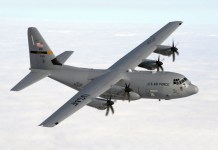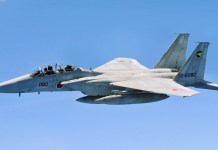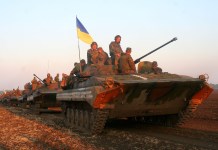Safran Engineering’s plan to set up a $150 million Maintenance Repair Overhaul (MRO) facility in India overlaps with three other defense deals: the ongoing procurement of 114 jets for the IAF; the Indian Navy’s choice between the Dassault Rafale and Boeing F/A-18 Super Hornet for its aircraft carriers and; Safran’s offer to co-develop a 125 kilonewton (KN) thrust engine for India’s under development Advanced Medium Combat Aircraft (AMCA).
Interestingly, a day later, Hindustan Aeronautics Limited (HAL) and Safran Helicopter Engines also signed an agreement to create a joint venture for helicopter engine development, production, and support.
As per the latest announcement by Safran Engineering’s CEO Olivier Andres, the planned facility in Hyderabad will be able to handle up to 300 engine repairs and overhauls annually.
The MRO facility will also be the biggest in India to be set up by a global aero-engine major. Construction will start in 2023 and begin operations by 2025. Safran’s largest MRO facilities are in its headquarters in France and Mexico.
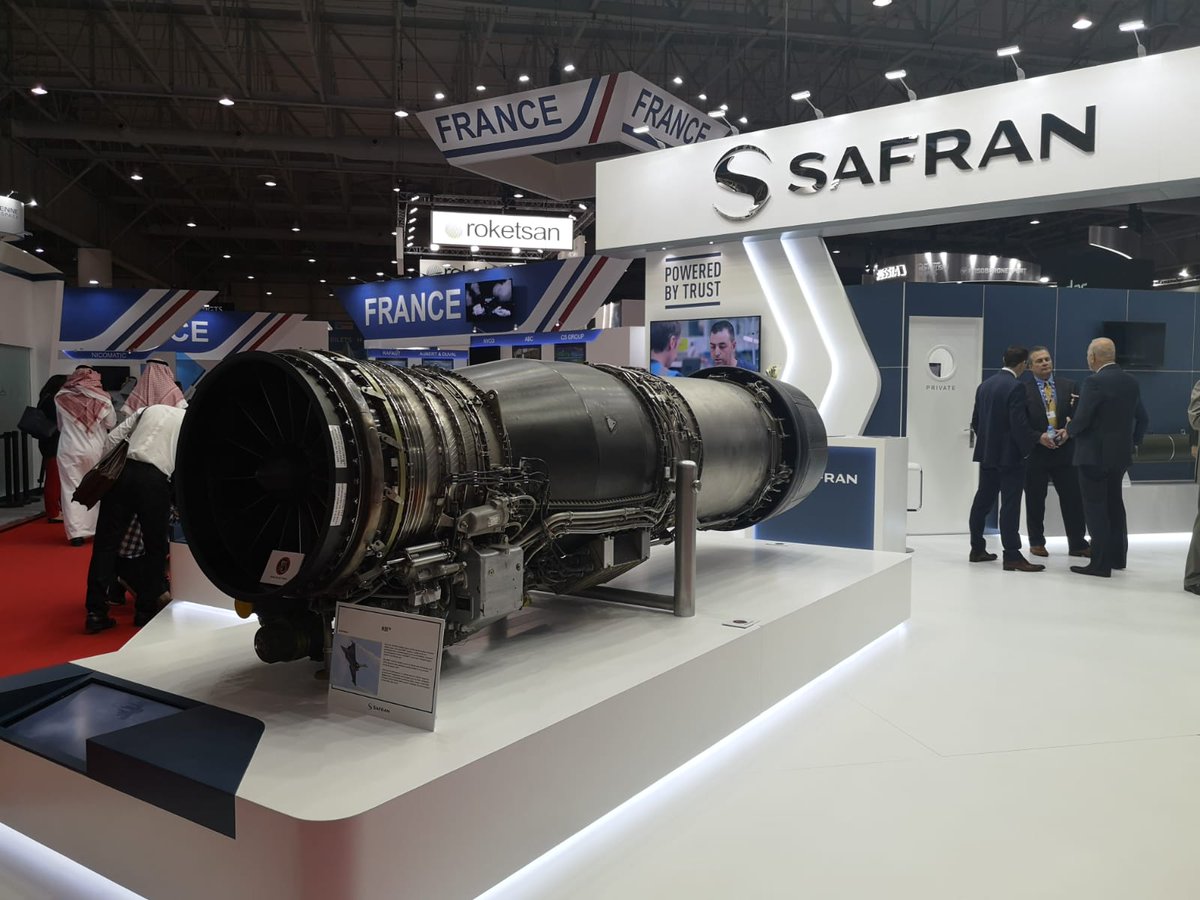
The MRO’s primary customers are expected to be CFM engines, powering most of the Airbus A320s and Boeing 737s, which translate to 600 engines flying on 330 passenger aircraft flown by six airlines in India.
Boeing and Airbus airliners are powered by Safran’s Leap-1A and Leap-1B engines. CFM engines are made by CFM Engineering, a joint venture between Safran and American aeronautic propulsion giant General Electric.
With CFM engines expected to go up to 1,500 in the next few decades, Indian airlines will find it easier to fix them locally instead of sending them to MRO facilities in Hong Kong, Singapore, and Colombo. Global aircraft and engine makers have been reluctant to set up repair shops in India because of high taxes.
“We have clearly explained to the central government that the tax regime was a problem. We couldn’t establish any MRO activity in India because we were taxed twice in the previous tax regime. We told the government we would come if you changed this tax regime. And that’s what happened,” said Andriès.
The slashing of the GST on MROs to 5% from 18% seems to have resulted from the engine maker’s demands on the government.
Deal For Indian Airforce and Navy
The Indian Air Force plans to acquire 114 fighter aircraft, of which 18 would be imported directly off-the-shelf while manufacturing 96 domestically, under the ‘Buy Global and Make in India’ scheme.
A foreign Original Equipment Manufacturer (OEM) will partner with an Indian company. The last 60 aircraft would be the primary responsibility of the Indian partner. Aircraft manufacturers including Saab (Gripen), Irkut Corporation (Sukhoi Su-35), Boeing (F-15 EX), Lockheed Martin (F-21), and Dassault Aviation (Rafale) may participate in the tender.
The Indian Navy, meanwhile, is testing both the Rafale Marine and the Boeing F/A-18 Super Hornet to operate from its carriers in a bid to phase out its MiG-29Ks, which currently fly from its sole operational aircraft carrier, the INS Vikramaditya.
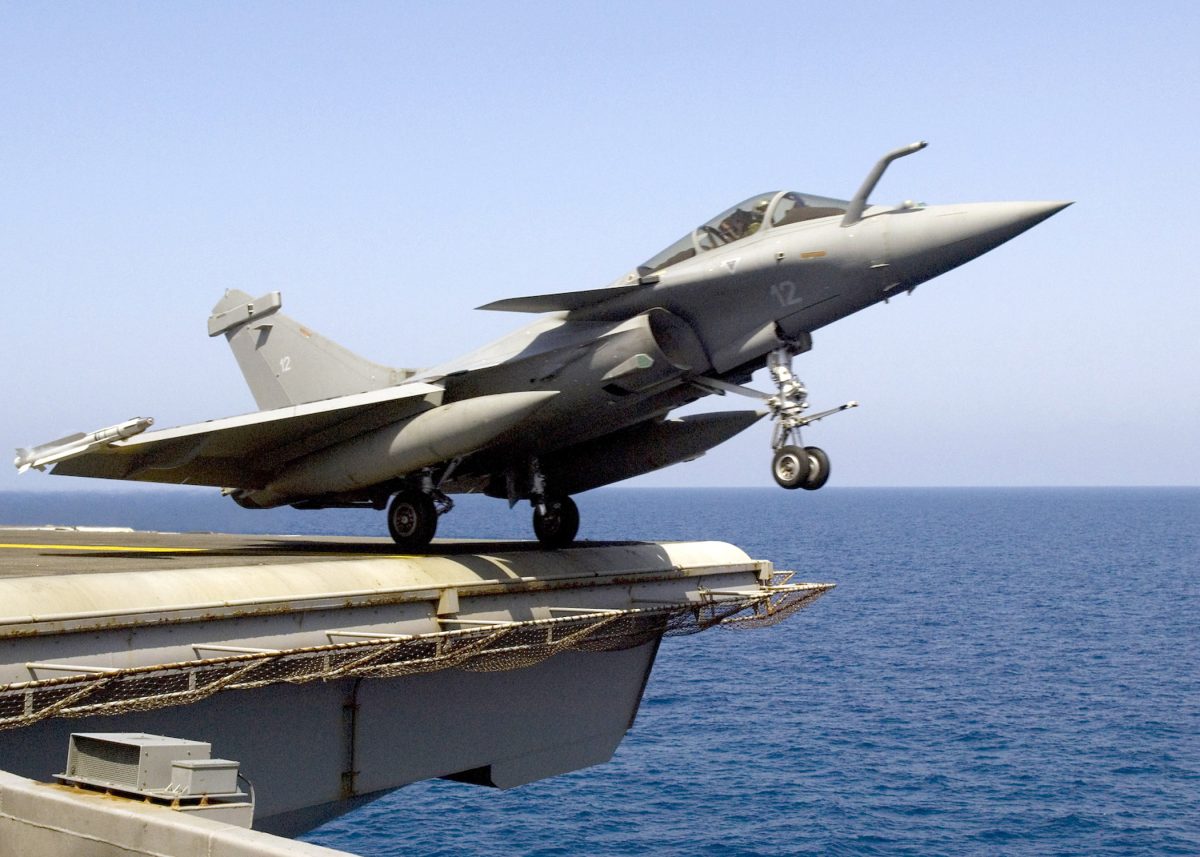
Simultaneously, the Indian Navy is working with the DRDO and Hindustan Aeronautics Limited on the Twin-Engine Deck-Based Fighter (TEDBF) program, based on the HAL LCA.
Boeing’s F/A-18E Super Hornet and Dassault Aviation’s Rafale M aircraft have completed a series of demonstration flights in India. In May, two Hornets and a Rafale-M maritime in January flew from the Shore-Based Test Facility (SBTF) in Goa.
The SBTF has a replica of a ‘ski-jump,’ like the ones present on India’s aircraft carriers. INS Vikrant, India’s first indigenously built aircraft carrier by the Cochin Shipyard Limited (CSL), is expected to be commissioned late this year.
With the IAF’s Rafale and the Rafale Marine flying on Safran’s M-88 engine, it is unclear if the maintenance and upkeep of the powerplant will be undertaken there. But the expected deal between Safran and the Defence Research Development Organization (DRDO) to develop a 125 KN engine for the AMCA is eagerly expected to fruition.
India abandoned the Kaveri engine project after 30 years of development and spent Rs 2,035.56 crore on nine prototypes and four ‘core engines’.
The advanced countries’ – the US, UK, France, and Russia – heavy guarding of the niche technology, reflected in Safran’s demand of more than $1 billion for complete transfer-of-technology (ToT).
Complete ToT entails the details of the metallurgical composition of the advanced turbine blades, core engine parts, and some of the key industrial and manufacturing processes.
With an intricate amalgamation of electrical, electronic, metallurgical, chemical, and mechanical sciences, even China has been struggling to get its WS-10 Taihang engine functioning successfully. A Russian AL-31F turbofan engine powers the initial models of its J-20 stealth jet.
Former IAF fighter pilot, Squadron Leader Vijainder Thakur said the Safran investment is part of ‘France turning on its full charm to ensure that Boeing doesn’t usurp the Rafale offer with lower lifecycle costs’.
“Rafale has an advantage since it is already in IAF inventory. But it’s likely that Rafale acquisition and lifecycle costs will be substantially greater than those of the Super Hornet. The IAF is already invested in F-404/F-414 engines and it would be easy for Boeing to set up an MRO for the engine in India,” Thakur added.
Ultimately it is not only a battle between two aviation firms. It’s a cut-throat competition between two governments and New Delhi is evaluating who can offer what to India and its Air Force or Navy. Both Rafale & Super Hornets are pretty robust platforms. Still, the question is what value addition is being offered by the aviation firms and their governments and that will decide the ultimate winner. For now, France has scored with Safran, Managing Editor of EurAsian Times – Nitin J Ticku said.
- The author can be reached at satamp@gmail.com
- Follow EurAsian Times on Google News

